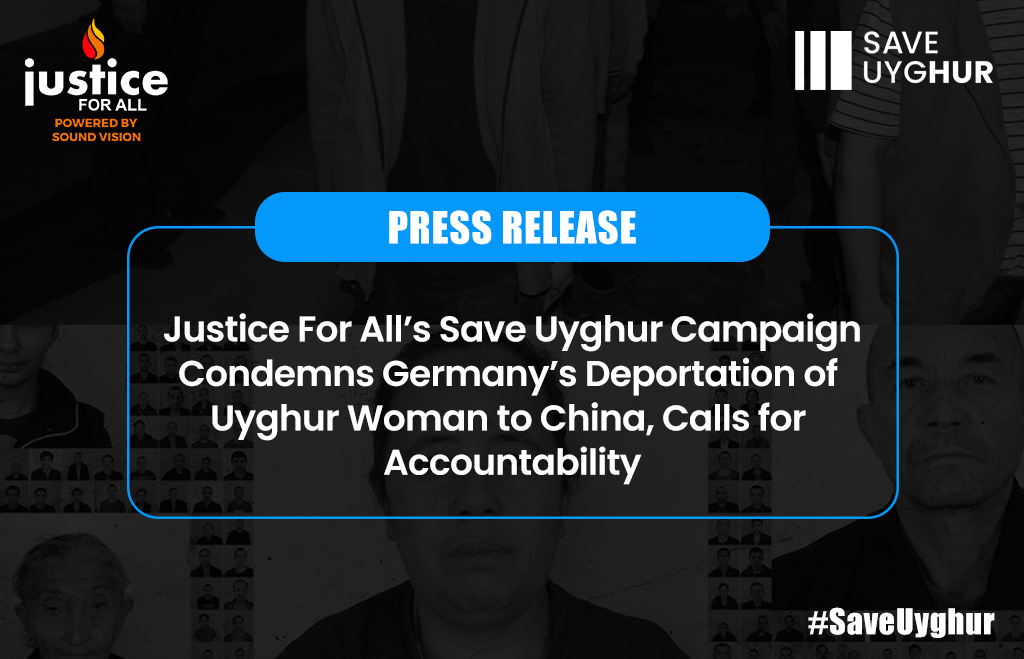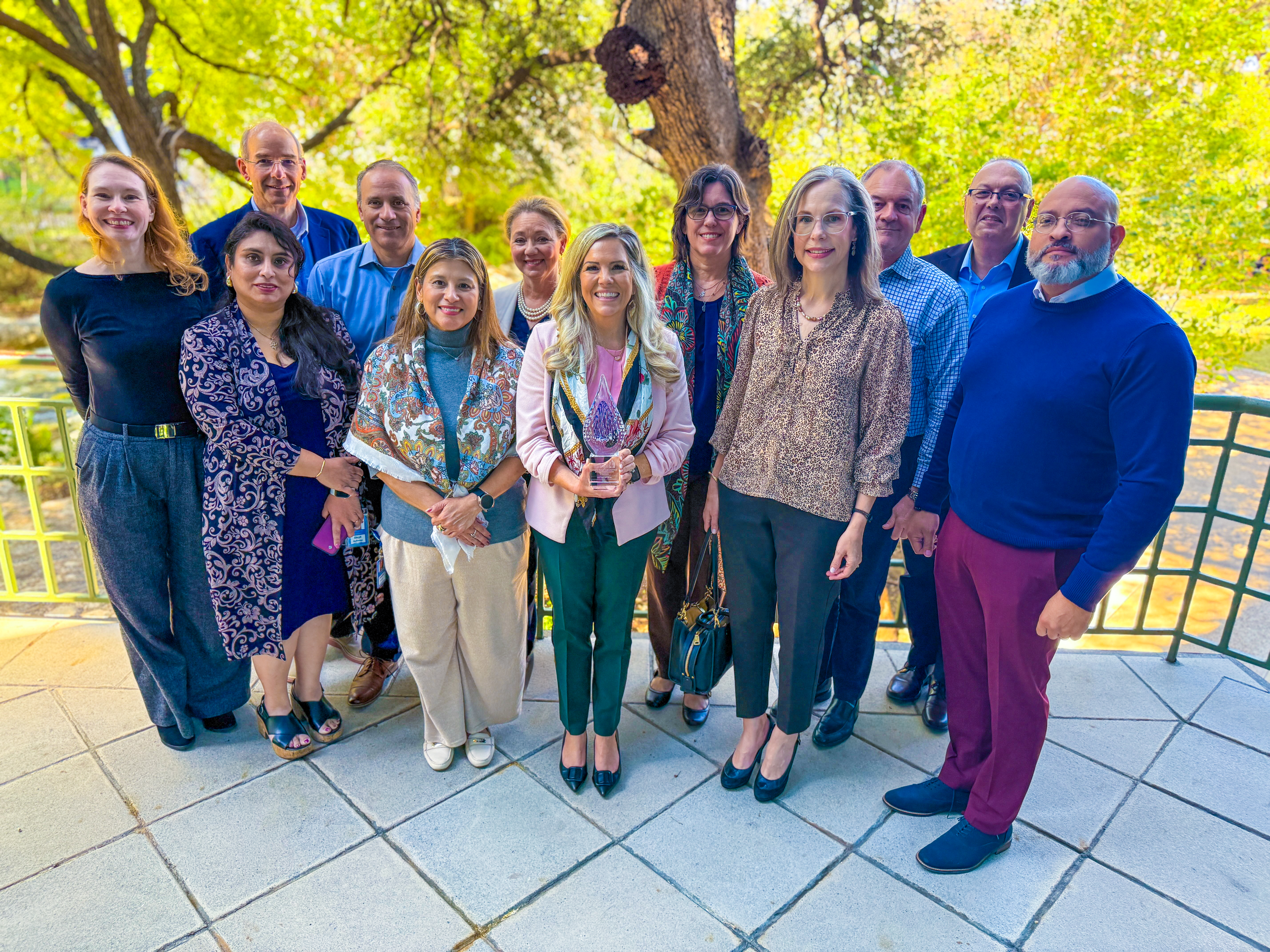The Rise of a New Grain Alliance – Germany’s Free Bakers Sow the Seeds of Change – resilience.org

Report on the Formation of a German Agroecological Alliance for Sustainable Food Systems
Introduction: A Multi-Stakeholder Partnership for Sustainable Development
A new initiative, the ‘Agroecological Practice Alliance’, is being established in Germany to restructure the value chain for cereals and legumes. This report details the formation of this alliance, comprising farmers, bakers, seed savers, researchers, and food system advocates. The initiative directly addresses multiple Sustainable Development Goals (SDGs) by aiming to create a resilient, regional, and equitable food system.
Addressing Systemic Challenges Through the Lens of the SDGs
The alliance has been formed in response to significant pressures that threaten the viability of local food systems and impede progress toward key SDGs.
Barriers to Sustainable Agriculture (SDG 2) and Climate Action (SDG 13)
Producers along the grain and legume value chain face mounting challenges that undermine food security and sustainable agricultural practices. These include:
- The adverse effects of climate change on cereal yields and quality.
- Stagnant farmgate prices despite rising operational costs, impacting the economic viability of farmers and hindering progress on Decent Work and Economic Growth (SDG 8).
- A fragile system dominated by globalised supply chains, which reduces local control and resilience.
Erosion of Local Infrastructure and Responsible Consumption (SDG 11 & SDG 12)
The decline of critical local infrastructure presents a major obstacle to building sustainable communities and production patterns. The disappearance of local mills, storage facilities, and small bakeries weakens regional economies and disconnects consumers from the source of their food, counteracting the principles of SDG 11 (Sustainable Cities and Communities) and SDG 12 (Responsible Consumption and Production).
A Collaborative Framework for Achieving the Sustainable Development Goals
The alliance proposes a collaborative, multi-stakeholder model as a direct pathway to achieving sustainability targets. This approach is rooted in the concept of Partnerships for the Goals (SDG 17).
Key Partners in the Alliance (SDG 17)
The initiative brings together a diverse group of practitioners to foster synergy and shared knowledge:
- The Free Bakers: A professional organisation of artisan bakers.
- AbL: A progressive farmers’ association.
- VERN: An association dedicated to seed saving, contributing to the preservation of genetic diversity for food and agriculture (SDG 2.5).
- Dottenfelderhof: A cereal breeding research initiative.
- University of Kassel: The faculty of organic agricultural sciences, providing research on climate adaptation and biodiversity.
- Atelier Ernährungswende: A studio focused on food system transition.
Strategic Objectives for a Sustainable Food Future
The alliance is focused on practical actions designed to create systemic change and advance the 2030 Agenda. The core objectives include:
- Strengthening Regional Value Chains: To build resilient food systems that support local economies and ensure food security, directly contributing to SDG 2 and SDG 11.
- Investing in Shared Infrastructure: To advocate for and develop regional mills and storage hubs that empower small and medium-sized producers, in line with SDG 9 (Industry, Innovation and Infrastructure).
- Promoting Agroecological Practices: To conduct participatory research on farming systems that can adapt to climate change while preserving biodiversity, addressing SDG 13 and SDG 15 (Life on Land).
- Fostering Urban-Rural Linkages: To reconnect urban consumers with rural producers through artisanal bakeries and regional sourcing, strengthening community resilience and promoting responsible consumption patterns (SDG 11 & SDG 12).
- Consumer Engagement and Education: To make the benefits of sustainable, regional food production clear to consumers, thereby driving demand and support for the socio-ecological transformation of the food system.
Conclusion: A Replicable Model for Systemic Change
The Agroecological Practice Alliance represents a tangible effort to move beyond rhetoric and implement practical solutions to complex food system challenges. By uniting stakeholders across the value chain, the initiative provides a powerful model for achieving integrated progress on the Sustainable Development Goals. Its “rhizomatic” approach—spreading quietly and persistently—has the potential to foster a more resilient, equitable, and sustainable food future in Germany and beyond.
SDGs Addressed in the Article
SDG 2: Zero Hunger
- The article focuses on creating a resilient food system for cereals and legumes, which are staple foods. It addresses food security by promoting sustainable agriculture and supporting small-scale food producers like farmers and bakers, aiming to ensure access to nutritious food. The movement is described as reshaping “how we grow, process, and eat cereals and legumes in Germany.”
SDG 8: Decent Work and Economic Growth
- The article highlights economic challenges such as stagnant farmgate prices and vanishing small bakeries. The alliance’s goal to create a “fair food system” with new models of ownership and distribution directly relates to promoting inclusive and sustainable economic growth. The mention of “young people and those leaving other professions are setting up local bakeries” points to entrepreneurship and job creation.
SDG 11: Sustainable Cities and Communities
- The initiative aims to strengthen local communities by rebuilding critical infrastructure like “local mills, storage units, and small bakeries” that are “vanishing from the countryside.” It also emphasizes creating “new urban-rural connections” to reweave the “fabric of a broken food system,” making communities more resilient and self-sufficient.
SDG 12: Responsible Consumption and Production
- The core of the article is about shifting from “globalised, concentrated markets” to “regional, sustainable value chains.” This involves promoting artisanal production using “sustainably produced raw materials” and making consumers aware of the benefits, thus fostering sustainable production and consumption patterns. The bakery storefront is described as a “public stage for food system change.”
SDG 13: Climate Action
- The article directly states that “Climate change is hitting cereal yields hard.” In response, the alliance is engaged in “participatory research projects, testing how farming systems can adapt to a warming world,” which is a clear action towards climate change adaptation and building resilience in the agricultural sector.
SDG 17: Partnerships for the Goals
- The entire article is about the formation of the ‘Agroecological Practice Alliance’, a multi-stakeholder partnership. It brings together “farmers, bakers, seed savers, researchers, and grain breeders” with a shared vision. The declaration to “stop fighting alone and tackle the challenges together” embodies the spirit of this goal.
Specific SDG Targets Identified
SDG 2: Zero Hunger
- Target 2.3: By 2030, double the agricultural productivity and incomes of small-scale food producers. The article addresses this by aiming to create a “fair food system” to counteract “stagnant” farmgate prices and support small producers like farmers and artisan bakers.
- Target 2.4: By 2030, ensure sustainable food production systems and implement resilient agricultural practices that increase productivity and production, that help maintain ecosystems, that strengthen capacity for adaptation to climate change… The alliance’s focus on “agroecological practice,” adapting to a “warming world,” and building “resilient, regional” systems directly aligns with this target.
SDG 11: Sustainable Cities and Communities
- Target 11.a: Support positive economic, social and environmental links between urban, peri-urban and rural areas by strengthening national and regional development planning. The article explicitly mentions that “new urban-rural connections are helping to reweave the fabric of a broken food system,” directly supporting this target.
SDG 12: Responsible Consumption and Production
- Target 12.2: By 2030, achieve the sustainable management and efficient use of natural resources. The movement promotes the use of “sustainably produced raw materials” and a shift away from resource-intensive globalized supply chains towards efficient regional systems.
- Target 12.8: By 2030, ensure that people everywhere have the relevant information and awareness for sustainable development and lifestyles. The article notes that for the solutions to be realized, “the benefits are obvious to consumers,” and the bakery is a “public stage for food system change,” indicating a focus on consumer awareness.
SDG 13: Climate Action
- Target 13.1: Strengthen resilience and adaptive capacity to climate-related hazards and natural disasters in all countries. The alliance is directly addressing the impact of climate change on cereal yields by “testing how farming systems can adapt to a warming world.”
SDG 17: Partnerships for the Goals
- Target 17.17: Encourage and promote effective public, public-private and civil society partnerships, building on the experience and resourcing strategies of partnerships. The “Agroecological Practice Alliance” is a perfect example of a civil society multi-stakeholder partnership, bringing together diverse actors like the Free Bakers, AbL farmers’ association, VERN seed savers, and university researchers.
Indicators for Measuring Progress
Indicators for SDG 2 (Zero Hunger)
- Farmgate prices: The article mentions that farmgate prices are “stagnant.” An increase in these prices for farmers in the alliance would indicate progress.
- Cereal yields and quality: The article notes that “cereal yields hard, baking qualities are deteriorating.” Tracking the yields and quality from farms using the alliance’s agroecological practices would be a key indicator of resilience.
Indicators for SDG 8 (Decent Work and Economic Growth)
- Number of new artisanal bakeries: The article states that “young people and career changers are opening artisanal bakeries.” An increase in this number would be a direct indicator of job creation and entrepreneurship.
Indicators for SDG 11 (Sustainable Cities and Communities)
- Availability of local infrastructure: The article states that “local mills, storage units, and small bakeries is vanishing.” An indicator of success would be the halting of this trend and the establishment of new, shared infrastructure like “regional mills and storage hubs.”
Indicators for SDG 12 (Responsible Consumption and Production)
- Consumer demand for regional products: The article implies high demand with “long queues forming outside their doors.” Measuring sales volume and customer numbers for these bakeries would indicate progress in shifting consumption patterns.
- Number of producers using regional supply chains: The number of bakers sourcing from regional grain producers would be a direct measure of the shift to sustainable production.
Indicators for SDG 17 (Partnerships for the Goals)
- Membership of the alliance: The number and diversity of actors (farmers, bakers, researchers, etc.) joining the “Agroecological Practice Alliance” would indicate the strength and reach of the partnership.
- Number of collaborative research projects: The article mentions “participatory research projects.” The quantity and outcomes of these projects would be a measure of the partnership’s effectiveness.
Summary of SDGs, Targets, and Indicators
| SDGs | Targets | Indicators (Identified or Implied in the Article) |
|---|---|---|
| SDG 2: Zero Hunger | 2.3: Increase incomes of small-scale food producers. 2.4: Ensure sustainable and resilient food production systems. |
– Change in farmgate prices (currently “stagnant”). – Cereal yields and baking quality under climate stress. |
| SDG 8: Decent Work and Economic Growth | 8.3: Promote policies that support job creation and entrepreneurship. | – Number of new artisanal bakeries being established. |
| SDG 11: Sustainable Cities and Communities | 11.a: Support positive links between urban and rural areas. | – Number of local mills and storage units (currently “vanishing”). – Strength of urban-rural supply chain connections. |
| SDG 12: Responsible Consumption and Production | 12.2: Sustainable management of natural resources. 12.8: Promote awareness for sustainable lifestyles. |
– Consumer demand for regional bread (“long queues”). – Number of bakers using regionally sourced grains. |
| SDG 13: Climate Action | 13.1: Strengthen resilience and adaptive capacity to climate-related hazards. | – Development and adoption of farming practices that can adapt to a “warming world.” |
| SDG 17: Partnerships for the Goals | 17.17: Encourage effective civil society and multi-stakeholder partnerships. | – Growth in membership of the “Agroecological Practice Alliance.” – Number of collaborative research projects initiated. |
Source: resilience.org

What is Your Reaction?
 Like
0
Like
0
 Dislike
0
Dislike
0
 Love
0
Love
0
 Funny
0
Funny
0
 Angry
0
Angry
0
 Sad
0
Sad
0
 Wow
0
Wow
0










































































